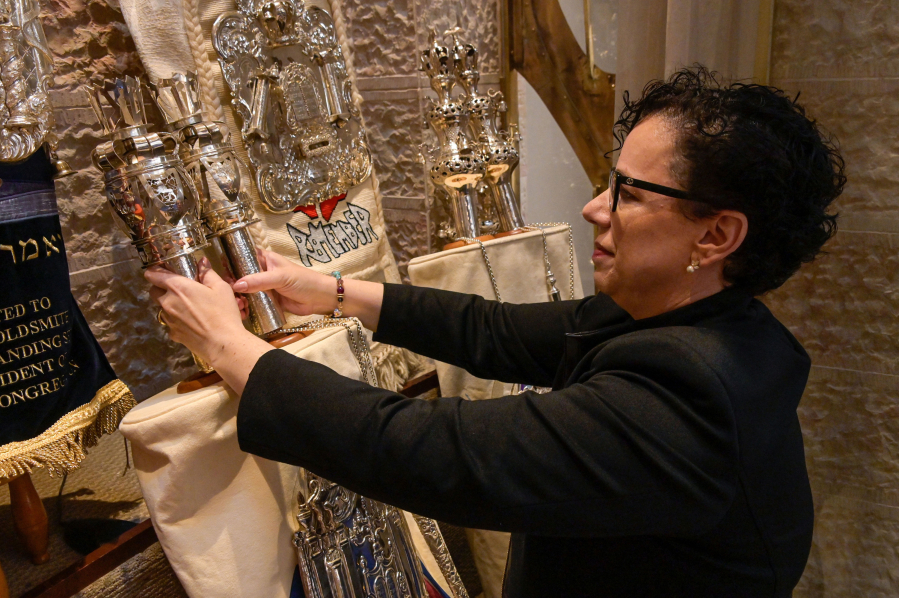BALTIMORE — It has been an agonizingly long time since the members of Baltimore’s two oldest Reform Jewish temples have been able to worship as well and as fully as they’d like.
Membership at Har Sinai Congregation and Temple Oheb Shalom dwindled for years, and with it their prospects for long-term survival. They considered merging five years ago, then talks moved forward in fits and starts. They united legally, then a pandemic hit.
Now the members of the nation’s “newest and oldest Reform congregation,” as its leadership team is calling it, are poised to celebrate their union and jump-start a new chapter of Baltimore Jewish history. Friday, the nearly 500 families that make up Har Sinai-Oheb Shalom Congregation installed their first rabbi, the internationally recognized scholar Rachel Sabath Beit-Halachmi, in a formal ceremony, followed by a celebratory dinner and family events.
The activities kicked off a monthlong festival set to draw some of the biggest names in global Reform Judaism. Sabath says the festivities are designed as a dramatic statement of the spiritual and cultural heights to which the congregation aspires.



